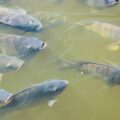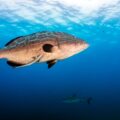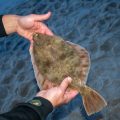Grouper and cobia are both edible but not as famous as some other edible fish. Since these two are separate species, there are many differences between grouper and cobia. For starters, these two fish look completely different and are different sizes. Moreover, there is a difference in taste and nutritional values between the two fish as well. Basically, if you see these two in the ocean, you will never confuse them.
As mentioned above, there are several differences between the two fish.
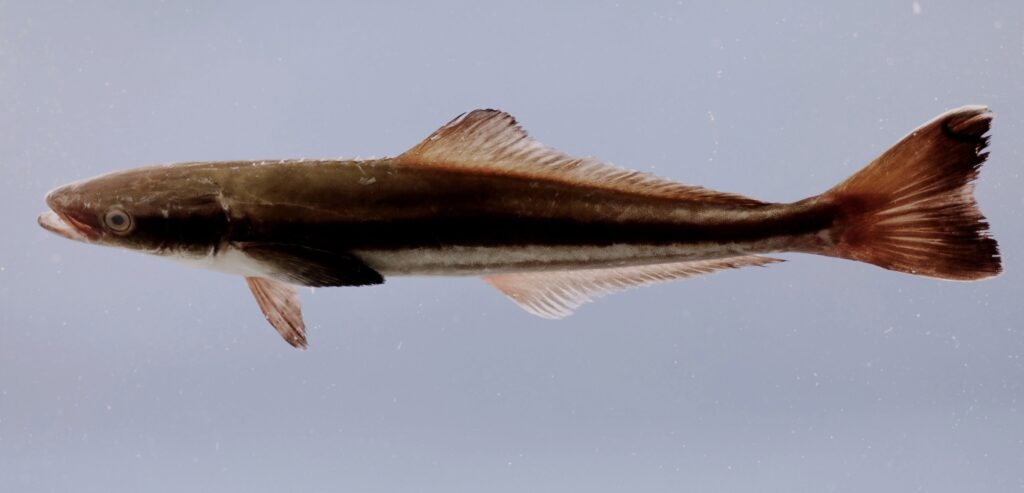
The appearance
The biggest difference between the two fish is their appearance. A grouper is a large, round-bodied fish with a very big mouth. They use their mouth to swallow prey whole. The colors of the grouper are insignificant as well. Since they live at the bottom of the ocean, they are brownish gray in color, so they can hide in the deep water.
The cobia is an elongated fish with a flat head, completely opposite of what a grouper looks like. The eyes of the fish are very small, and its lower jaw protrudes out. The color of the fish is a little similar to grouper, as the body is dark brown in color, grading to white on the belly, with two darker brown horizontal bands on the flanks.
The habitat
The two fish share a habitat, but they occupy different parts of the same habitat. Groupers are fish that like to stay deep in the water among corals and artificial reefs. This fish can be found swimming in the Gulf of Mexico, the United States, the Bahamas, most of the Caribbean, and most of the Brazilian coast. However, there are some small species found almost in every water around the world because there are many species of grouper.
Cobia can be found in warm and tropical waters such as the West and East Atlantic Oceans, throughout the Caribbean, in the Indian Ocean, Australia, and off the Pacific coast of Japan. In these waters, the cobia prefers to stay near large structures like buoys, debris, shipwrecks, and artificial reefs so it can stay hidden. The fish can also be found near larger animals like sharks, turtles, and stingrays to keep themselves protected.
The size
The size of the grouper is very large. This largest grouper is known as a Goliath grouper, and it can grow to be more than eight feet long and weigh up to 800 pounds in the wild. This makes them one of the largest freshwater fish. On average, the groupers get around seven feet in length, but there are some fish that are much smaller, such as the Nassau grouper, which only gets around 35 inches long and does not look like a typical grouper either.
Conversely, Cobia can grow to six feet in the wild if fed properly and weigh around 81.5 pounds. Although size-wise, it is not that small compared to a grouper, a cobia seems much smaller and leaner due to its large size. This is why, if a cobia comes across, it can become food for grouper.
The mating
Grouper are known as mostly protogynous hermaphrodites; this means that they are born female but later turn into males. This is why their reproduction can take years, and the numbers of groupers are dwindling. The male grouper controls a harem of around 15 female groupers, and that is how their pair mating takes place.
Whilst, cobia are usually solitary fish that are pelagic spawners. Following fertilization, the fish releases a large number of tiny buoyant eggs, which float in the water and become part of the plankton. The eggs float with the current and hatch after a while. The larvae are also plankton and helpless until the fish matures and develops eyes and mouth. Both fish have completely unique ways of spawning.
The nutrition
Since both cobia and grouper are not widely eaten fish, their nutrients still need to be discovered in comparison. We do know that grouper has more calories compared to cobia, as it has around 230 calories per fillet. The fish also contains 3 grams of fat and 50 grams of protein, which makes it a healthy dietary addition.
Cobia, on the other hand, has 87 calories per fillet. Due to this, the fat is less as well at around 0.64 grams of fat and 19 grams of protein. Both fish are very healthy with a lot of minerals and vitamins. This makes them a good dietary food item as well.
Is There Any Similarity Between a Grouper and Cobia?
There is one similarity between the meat of grouper and cobia. Both grouper and cobia meat taste almost the same and can actually be confused. The taste of cobia and grouper, and the black grouper and red grouper, is firm and slightly sweet. The fish both have skin that is very hard and almost inedible. They are both rare fish that are not found in everyday foods; cobia is even rarer compared to a grouper for commercial reasons, which makes it much more expensive. The oil content in cobia is much higher, almost like that of salmon, which makes it much moister.
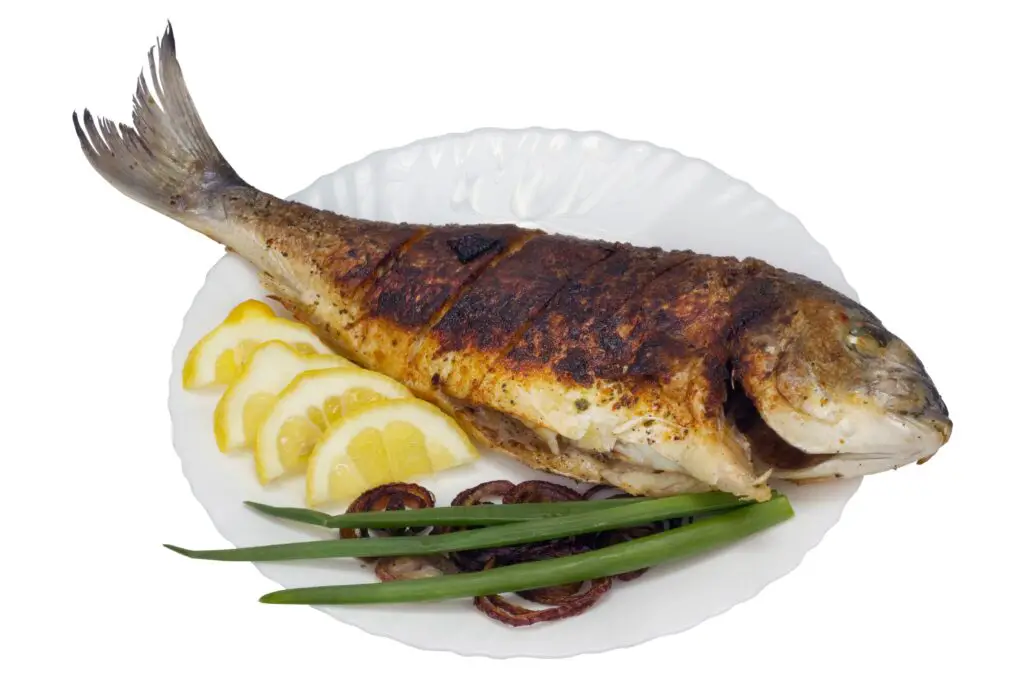
Conclusion
There are many differences between a grouper and a cobia. These two fish look completely different; the grouper is much larger, the mating rituals are different for both, and they also have different nutritional values. Both fish might share a habitat, but they occupy different parts of the ocean and rarely meet. One thing in common between the two is the taste and they both taste very similar and can be interchangeable.


